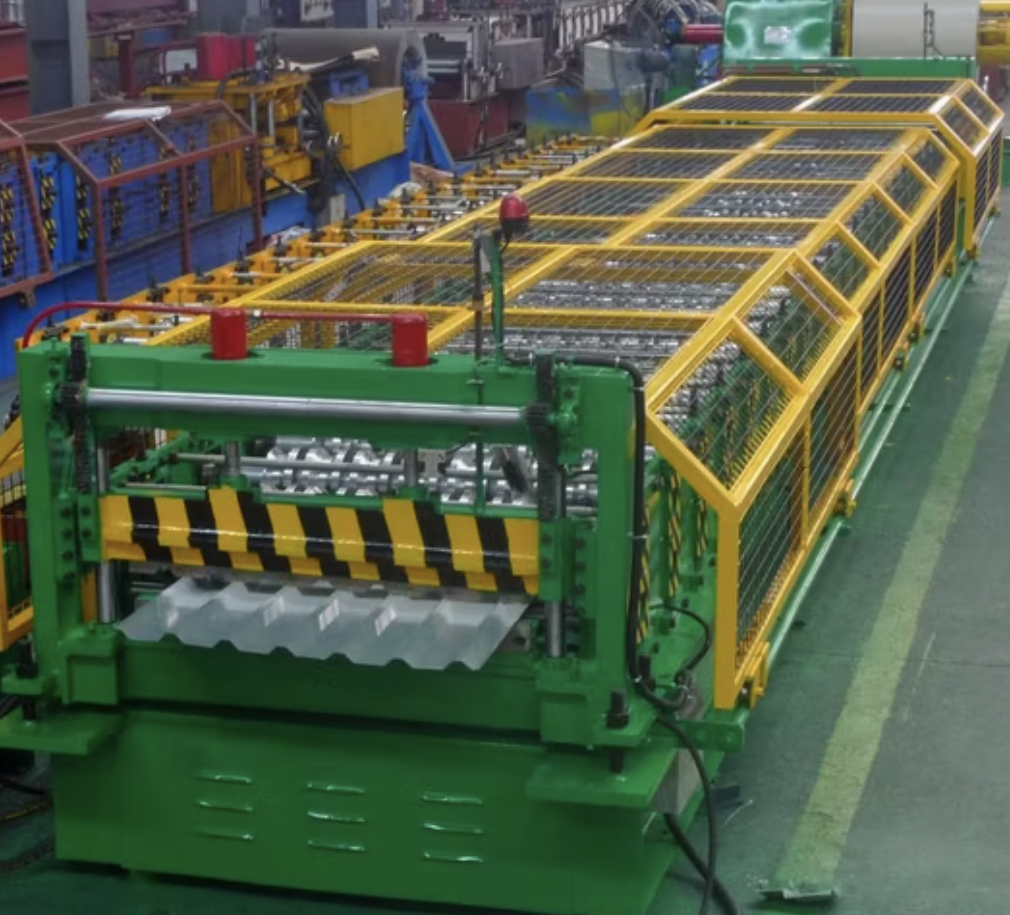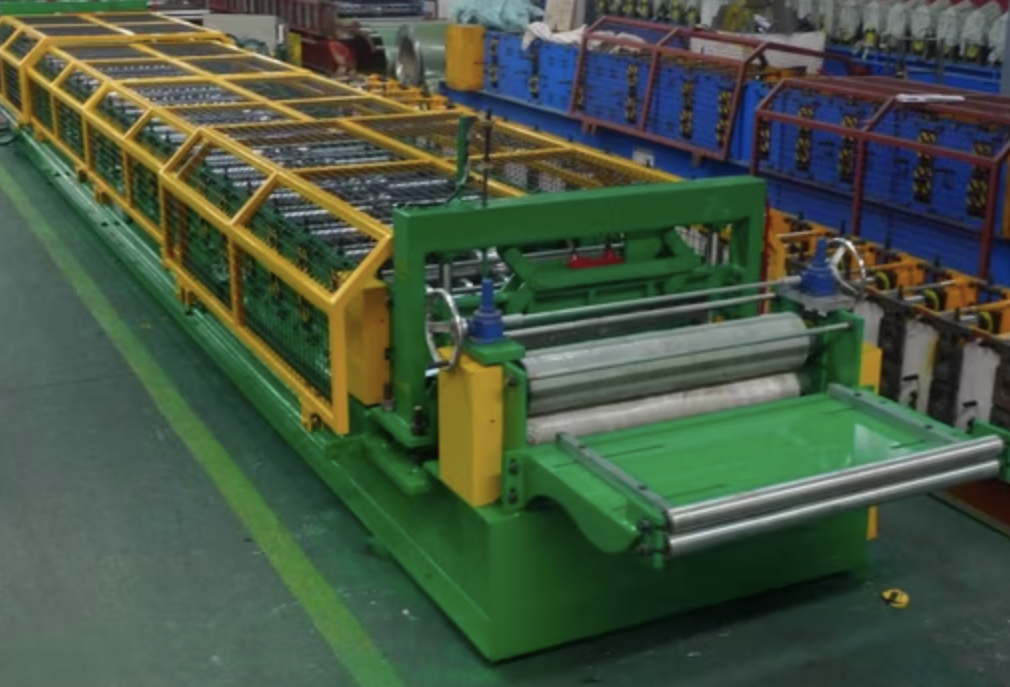To express an interest in this machine please submit the form below.

Not Sure What Machine You Need?
Select Your Profile, We'll Match It
Choose your desired profile drawing, and let Machine Matcher connect you with the best roll forming machine tailored to your needs.
Browse Profiles


Overview and Description:
A Roof Panel Roll Forming Machine is a specialized piece of equipment designed to produce high-quality roof panels used in construction, particularly in residential, commercial, and industrial buildings. This machine is engineered to process metal sheets and transform them into durable, uniform panels that protect structures from weather and enhance overall building aesthetics.
This machine can be customized to produce various panel profiles, such as standing seam, corrugated, or ribbed panels, based on project requirements. The materials used typically include galvanized steel, aluminum, or other corrosion-resistant metals, making these panels ideal for long-lasting roofing solutions.
Machine Functions:
A: This machine can typically process galvanized steel, pre-painted steel, aluminum, and other weather-resistant metals suitable for roofing applications.
A: Highly customizable. Roof Panel Roll Forming Machines can be adjusted to create different panel profiles like corrugated, standing seam, and tile profiles. Specific tooling and rollers can be installed for unique designs.
A: Yes, it is designed to work with metal sheets typically ranging from 0.3 to 0.8 mm in thickness. Thicker sheets may require customization of the machine's rollers and motor.
A: Routine maintenance involves lubricating the rollers, checking the hydraulic and cutting systems, and ensuring the PLC system is functioning correctly. Regular inspections of the motor and safety guards are also important for smooth operation.
A: Yes, safety guards and enclosures are installed around the roll forming and cutting areas to protect operators. The PLC system also allows for remote operation, reducing the need for hands-on control during the forming process.
A: Consider the types of profiles you need, the metal thickness your projects require, machine speed, and additional features like automated stackers or remote controls. You should also consider the space available for machine setup and the power supply requirements.
A: Installation and setup can vary based on the model, but it generally takes around 1-2 days with skilled technicians. Training for operators can add another day or two to the setup timeline.
A: Yes, the machine is designed for continuous operation and can handle long production runs, but regular checks and scheduled maintenance are necessary to ensure consistent performance.
Copyright 2026 © Machine Matcher.